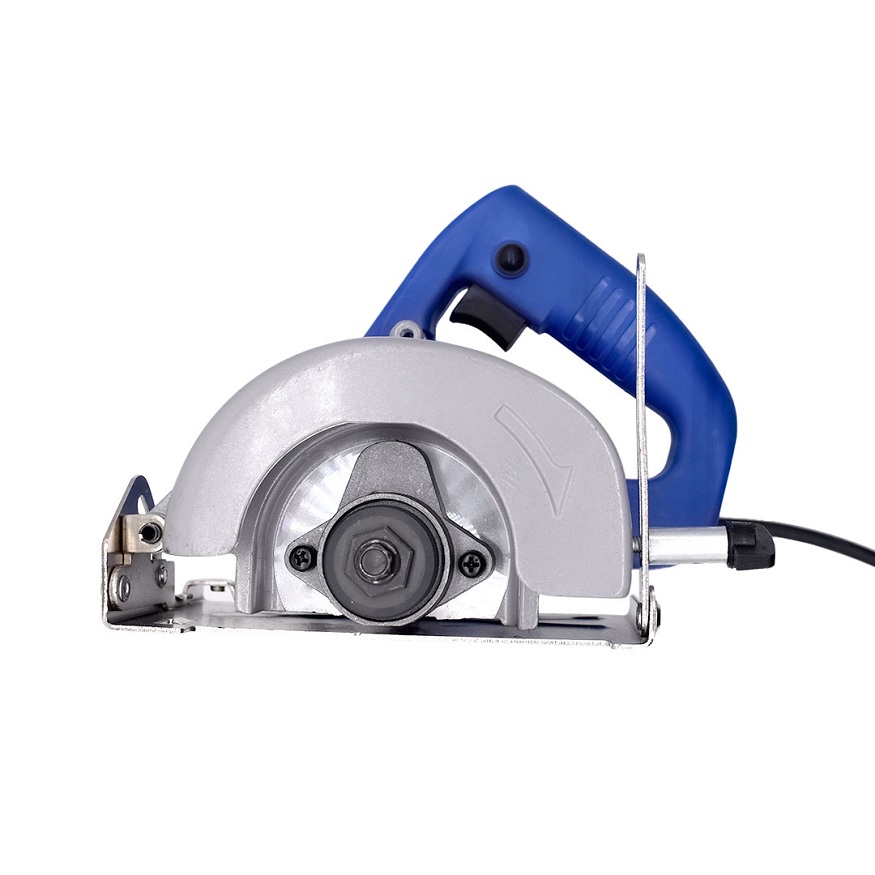To make the smooth transition between two hard materials, you will need a Marble Cutting Blade. As the name suggests, it is designed to cut through marble or granite. You can find them in great varieties of shapes and sizes best suited to your needs. The blades can be used as cutting tools or fixed on industrial machinery. They are even used for decorative purposes when mounted into vases, pots, and other objects. The most common uses of this kind of tool include its usage in manufacturing, sculpting, cutting stone, and more.
Marble Cutting Blade is a type of tool that can be used by people who are into art. These tools are used to create thick pieces of marble, which can then be polished and turned into many different materials, such as tiles for floors and walls or sheets for artwork. The next portion will go over the different types of blades available, how they are used, what materials they can make, and how much it costs per hour to use these blades.
How does it work?
The process of its usage involves the cutting of a marble slab or other types of stones. It is then polished to enhance its appearance and used as a decorative element. The marbles are cut in different sizes, shapes, and forms, while the ones used for decoration do not need to be highly polished.
Marble Cutting Blade comes with pinnings, endmills, and rotary or planer blades, they can be shaped in different ways depending on their intended usage. Moreover, there is an economical range of them that provide different functions. These marble-cutting tools are made of hardened steel with a few grades and different cutting abilities.
Moreover, they are made of different configurations, which help them cut the marble. Therefore, they can be used as fixed or portable systems. The portable ones are considered lightweight and compact tools used in material processing industries, whereas the fixed ones can be used for extended periods.
How To Use Marble Cutting Blade?
You need to follow some important instructions to get the best possible results from these tools. First, before starting with your project, make sure that you have taken care of all safety precautions properly. It will take care of many other tasks related to this process, so you do not have to worry about them later. You also need to ensure that the surfaces you are working on are clean and dry so that they can be easily handled.
After all these obligations have been taken care of, you will move on to preparing the material which is to be worked on. The process of cutting a marble slab or stone involves the use of several blades for it to be done correctly. A few are usually used depending on how smooth or course you want the final product to end. The general-purpose blades are designed for rough cutting, whereas others are more focused towards getting great results by making them smooth and delicate.
Nippers:
Marble Cutting Blade works together with a special clamping mechanism to ensure they can handle the weight of the cut materials. Many professional marble cutters use this type of blade to help quickly cut up large pieces of marble and other stones. In addition, these tools are used to handle the materials that must be handled with great precision.
The process is then finished by polishing it, which is done depending on various conditions. The process involves using various marbles and dye colorants such as stains and dyes. An important point to remember here is that you need to take extreme care when working with these kinds of blades otherwise it will end up ruining your project for good.
Cutter Boards:
These types of Marble Cutting Blade need to be used with a special clamping assembly. They are typically used for cutting and polishing marble, stones, and other light materials. The general-purpose blades can help finish their work when done, while others can be used as portable systems.
Endmills:
These tools have handles that can be turned in different directions to cut through the marble slab or stone they are processing. They are usually used with a planer and rotary blades, which make them ideal for smaller jobs that require fineness. Some of these blades can also be used with other tools, such as the floating cutter or end mill. However, the process of using these blades is a bit more complicated than it was with standard cutting tools.
Conclusion:
A few necessary safety precautions must be taken into account when dealing with these blades since they have sharp edges that can hurt you. In addition to that, you need to know how much force you are going to use when turning them; otherwise, you will end up destroying them.

